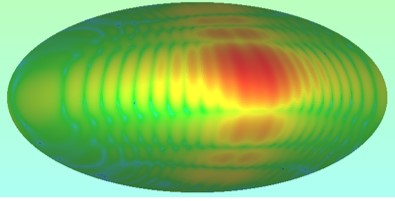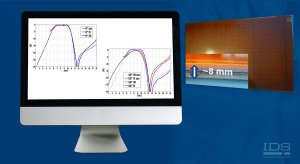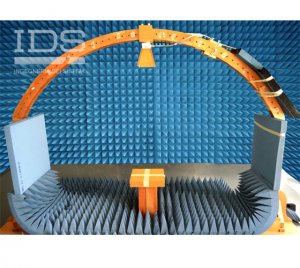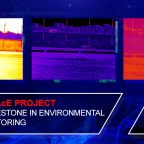Possible degradation in antenna performance may be caused by interaction with its radome, which is needed to protect the antenna from the environment while, at the same time, being transparent to the antenna’s radiation. For this reason, a preliminary assessment of the radome’s effect on the antenna’s radiation pattern should be performed. This allows possible mitigation actions (different materials, different thickness or different antenna position) to be identified and designed before final verification (measurement) of the antenna and radome’s performance.

Building on its experience performing testing activities for radome qualification, IDS has developed dedicated modeling tools (e.g. automatic thickness calculation) and professional processing functions aimed at supporting the radome qualification process in accordance with RTCA DO-213. The parameters required to verify the radome class (transmission efficiency, delta beam width, deflection angle, incidence reflection and side lobe level increase) are automatically computed by the processing tool and compliance with normatives or requirements are displayed in a table which allows easy identification of non-compliance in the antenna scan window. Diagnostic analyses, e.g. the display of Poynting Vector flux, transmission and reflection coefficients on the radome surface, allow an intuitive and immediate identification of critical areas, thus enabling the identification of possible mitigation actions.







